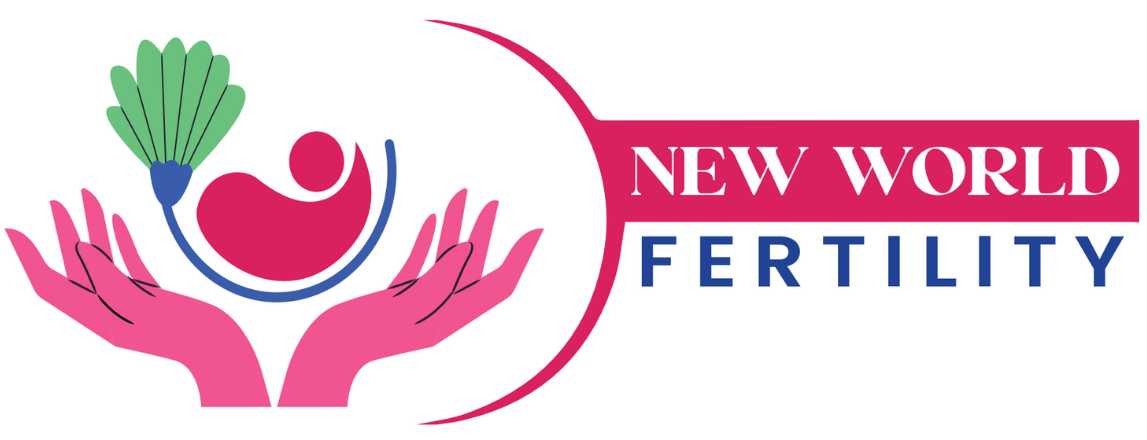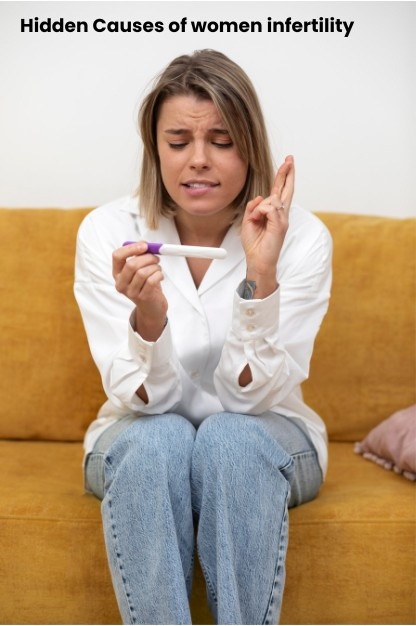Infertility among women often remains an unspoken challenge, enveloped in emotional distress and societal misconceptions. Delving into its root causes can pave the way toward understanding and eventual motherhood.
Primary Factors Contributing to Female Infertility
Ovulatory Dysfunction
A significant number of infertility cases stem from issues related to ovulation. Conditions such as polycystic ovary syndrome (PCOS) disrupt the regular release of eggs, leading to irregular menstrual cycles or the absence thereof. Hormonal imbalances, excessive physical activity, and stress further exacerbate these disruptions.Tubal Obstructions
The fallopian tubes serve as vital pathways between the ovaries and the uterus. Blockages or damage, often resulting from pelvic inflammatory disease or prior surgical interventions, can impede the meeting of sperm and egg, thus hindering fertilisation.Endometriosis
This condition involves the growth of tissue similar to the uterine lining outside the uterus, leading to inflammation and scarring. Such aberrant tissue can obstruct the fallopian tubes and disrupt the implantation process, significantly affecting fertility.Uterine and Cervical Anomalies
Structural irregularities within the uterus or cervix, including fibroids, polyps, or congenital malformations, can interfere with embryo implantation or increase the likelihood of miscarriage. Cervical stenosis, characterized by a narrowed cervix, may also obstruct sperm passage into the uterus.Age and Lifestyle Influences
Advancing age plays a pivotal role in a woman's reproductive potential, with fertility experiencing a natural decline, especially after the mid-30s. Lifestyle choices such as smoking, excessive alcohol consumption, inadequate nutrition, and maintaining an unhealthy body weight can further compromise reproductive health.
Pathways to Hope and Support
Despite these challenges, modern medical advancements offer a spectrum of solutions. Treatment modalities range from pharmacological interventions and lifestyle adjustments to assisted reproductive technologies like in vitro fertilization (IVF). Emotional support, counselling, and connecting with others facing similar struggles can also provide comfort and resilience.
At New World Fertility, a team of dedicated specialists is committed to guiding individuals through the complexities of infertility. By offering personalized care and state-of-the-art treatments, the journey toward motherhood transforms into a collaborative and hopeful endeavour.
Frequently Asked Questions
What defines infertility in women?
Infertility refers to the inability to conceive after one year of regular, unprotected intercourse.How prevalent is infertility among women?
Approximately 10% of women of reproductive age experience infertility.What are the leading causes of female infertility?
Predominant factors include ovulatory disorders, endometriosis, tubal obstructions, and uterine anomalies.Does a woman's age influence her fertility?
Yes, fertility naturally diminishes with age, notably after the mid-30s.Can lifestyle choices impact fertility?
Indeed, habits such as smoking, excessive alcohol intake, poor diet, and abnormal body weight can adversely affect reproductive health.Is infertility exclusively a female concern?
No, infertility affects both men and women, with male factors contributing to approximately half of all cases.When should medical advice be sought for infertility?
Couples are advised to consult healthcare professionals if they have been unsuccessful in conceiving after one year of regular intercourse, or after six months if the woman is over 35.What treatment options are available for female infertility?
Available treatments encompass medications, lifestyle modifications, surgical interventions, and assisted reproductive technologies such as IVF.
Conclusion
Gaining insight into the underlying causes of female infertility is essential in addressing this sensitive issue. While the journey may be challenging, advancements in medical science provide hope and viable solutions. At New World Fertility, a dedicated team stands ready to offer personalised care and innovative treatments, turning the aspiration of motherhood into a tangible reality.

 Feb-22-2025
Feb-22-2025